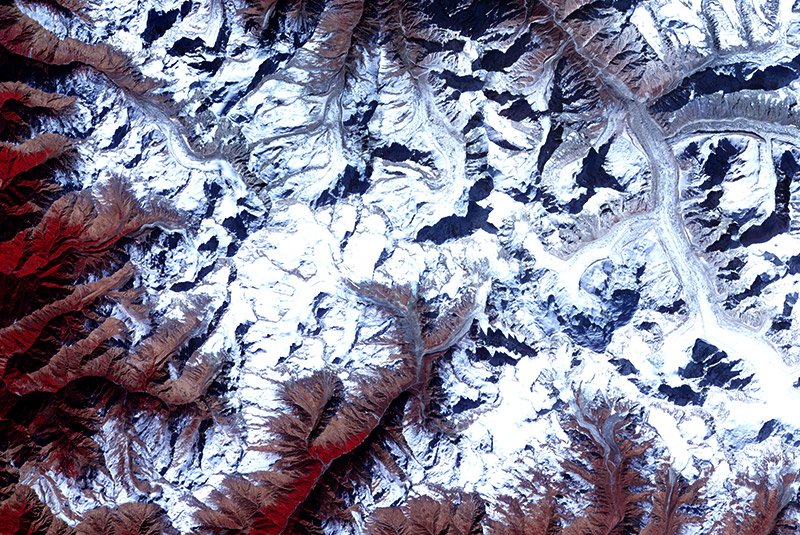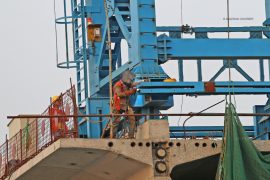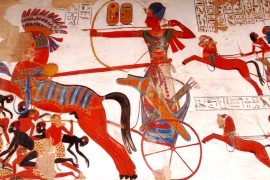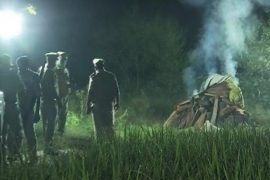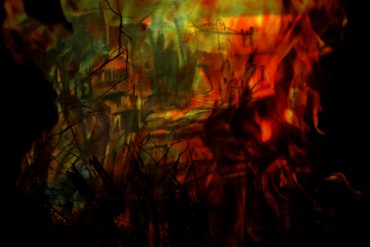It’s not often that a temple gives us an insight into modern phenomena. When the geologist Ravinder Kumar Chaujar visited the Kedarnath temple located in between the Chorabari, he wasn’t there for the gods. Studying the lichens growing in the rocks around the temple, Chaujar discovered evidence of geological catastrophes – from thousands of years ago. As he wrote:
Two wall engravings of writings/poems dated AD 650 and 850, on the back boundary wall of the temple, discuss the beauty of the Kedarnath temple… There is no mention about snow/ice/glaciers in them. These findings suggest that there was no glacier during that period around the temple.
Why is this significant? Because Kedarnath is located around a glacier today; for half the year, the temple is inaccessible due to the extreme conditions, even with modern technology. But the legends say that it was built by the Pandavas over 3,000 years ago. The glaciers would have submerged the temple much after this construction, in Chaujar’s view.
But Chaujar’s findings weren’t to reaffirm the feasibility of constructing the temple. They showed that glaciers in the Himalayas have been retreating and reappearing for very long epochs of time. It’s possible for glaciers to disappear and re-appear, even without human intervention.
Copyright©Madras Courier, All Rights Reserved. You may share using our article tools. Please don't cut articles from madrascourier.com and redistribute by email, post to the web, mobile phone or social media.Please send in your feed back and comments to editor@madrascourier.com

